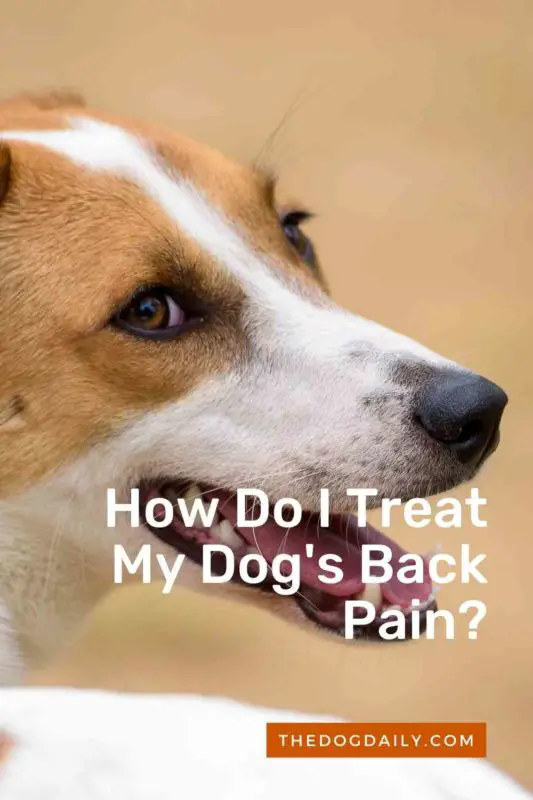Can Dogs Suffer From Back Pain?
An overenthusiastic night of boogying down, an exercise move that went wrong, or even just sleeping in a funny position can all result in back pain. Imagine what might happen to your dog when it turns around too swiftly when you call, takes a too-sharp left turn to avoid the cat, or does something else to aggravate its back. Add to that the fact that many dogs are prone to back problems, even without prior injury, due to their breeding and genetics, and you’ll understand why back troubles are so prevalent in dogs.
Dogs can suffer from slipped disks, called intervertebral disk disease (IVDD). These may lead to muscle spasms, as well as pinched nerves. “They do not get sciatica, per se, but often face vertebral malformations, vertebral luxations (dislocations), fractures, cancer of the vertebrae, and even pain-causing changes in the structure of the vertebrae,” says Aaren DuMont, DVM, a veterinarian practicing in Raleigh, N.C.
Dogs Most Prone to Back Problems
Back problems are most common in low, long dogs. Very active dogs are also prone, especially those that do a lot of jumping. Some specific conditions are more readily seen in certain breeds. According to Dr. DuMont, Dachshunds are the most common breed to develop back problems, usually facing intervertebral disk disease. Basset Hounds can also develop this disease.
Great Danes and Rottweilers are prone to Wobblers disease, marked by vertebral structure changes in the cervical region or neck. “This disease causes them to have a wobbly gait, which is how it got its name,” explains Dr. DuMont. Toy Poodles are more apt to develop vertebral malformation in their neck, which unfortunately is difficult to treat and therefore carries a poor prognosis. Large breeds, especially German Shepherds, are likely to get lumbosacral disease – a change in the vertebral canal’s lumbar region, which causes painful pinched nerves.
Signs Your Dog Is Experiencing Back Pain
How are you to know if your dog is having back troubles? Dr. DuMont suggests that you look for these possible symptoms:
- Gait changes
- Looking uncoordinated, such as if your dog is carrying its tail differently, knuckling its paws, and/or arching its back when walking or laying down
- Acting uncomfortable when sitting or laying down (for instance, they may continuously fidget and adjust their position, as if they can’t get comfortable)
- Having trouble urinating or defecating
Action to Take When Your Dog Is Hurting
If you notice any of the possible symptoms, restrict your dog to a cage or obstacle-free room as soon as possible, and seek veterinary care. Until you and your vet can determine what could be wrong, Dr. DuMont recommends, “Try and prevent your pet from jumping on furniture or running upstairs. Leash walk only, and make sure your animal gets plenty of rest.”
Treatment For a Dog Back Pain
As with humans, how back pain is treated in dogs varies from patient to patient. Sometimes the course of action may be conservative, while other times, it may be aggressive, according to Dr. DuMont. Simply confining your canine to a cage for a few days or more may do the trick in some cases. In other instances, using anti-inflammatory medication and/or muscle relaxants may be necessary. Or your vet may tell you that your dog needs to lose some weight to alleviate the pain. If this sort of intervention does not help, surgery may be considered, but it depends on the condition and severity of your dog’s problem.
Preventing Doggy Back Troubles
The number one cause of back problems in dogs is most likely obesity, so keep your pet well exercised and don’t overdo it on the food, treats, and especially table scraps. Many experts believe that vitamin and mineral supplements are ineffective and can upset your dog’s delicately balanced nutritional requirements. Instead, buy reputable pet food that is nutritionally complete and balanced. Calcium and phosphorous are often linked to bone and back issues, so check them out on labels to ensure the balance is right. There should be 1.1 to 1.4 parts of calcium for each 1 part of phosphorus in your dog’s chow.
Article written by Author: Kathryn Waide

